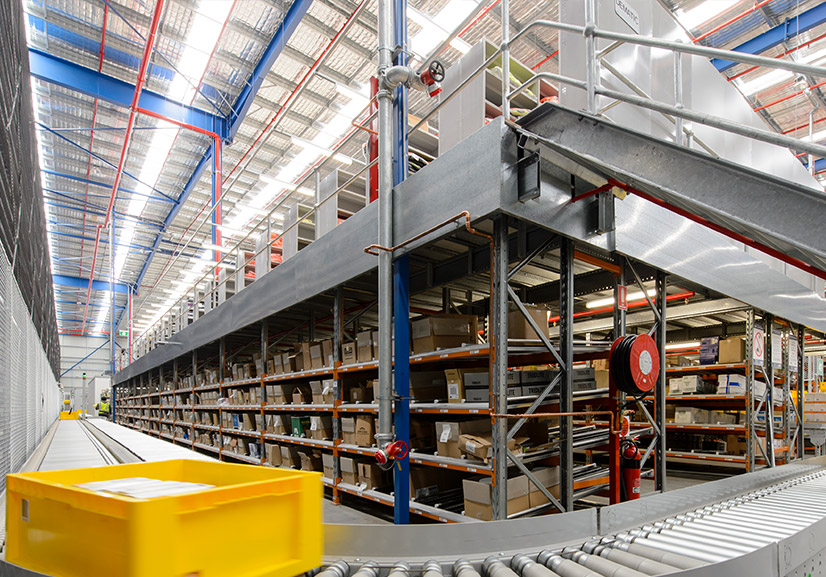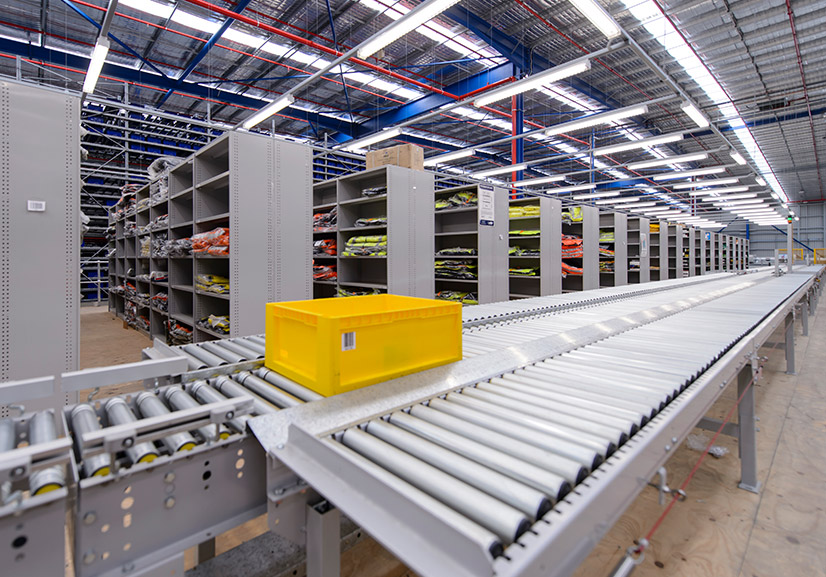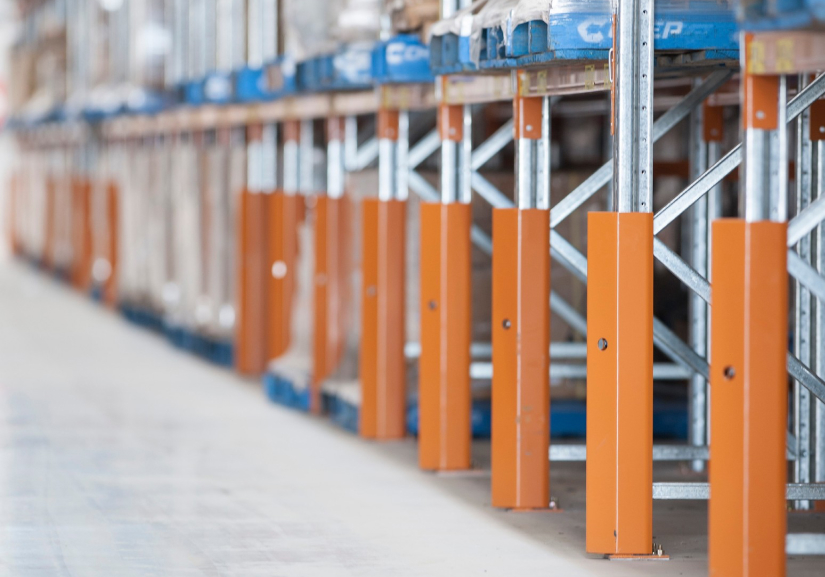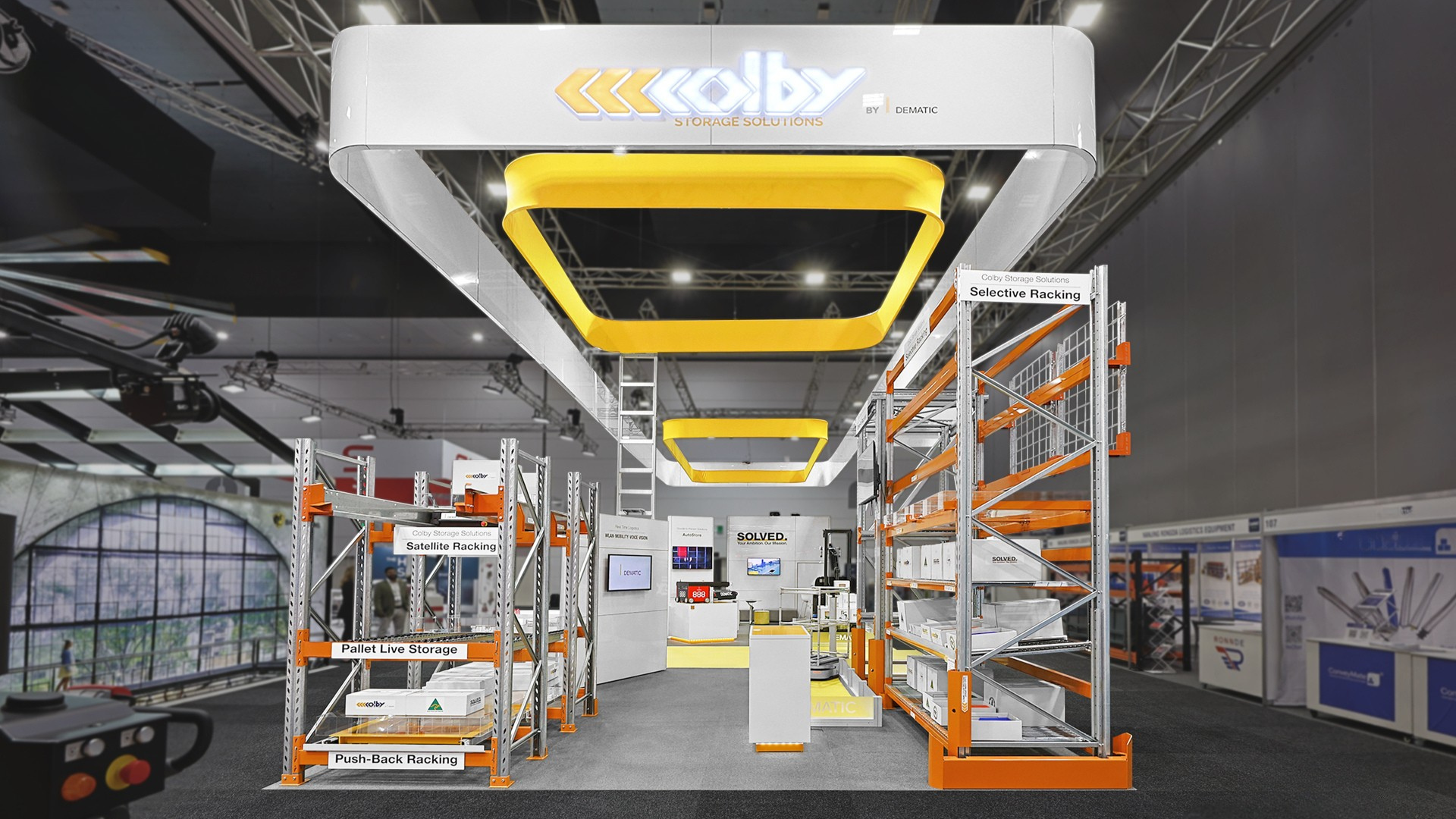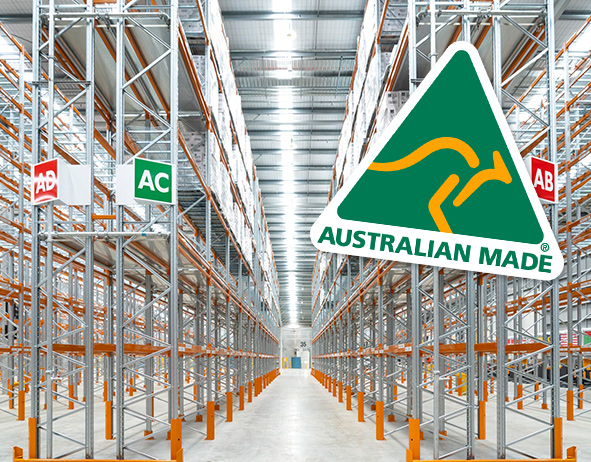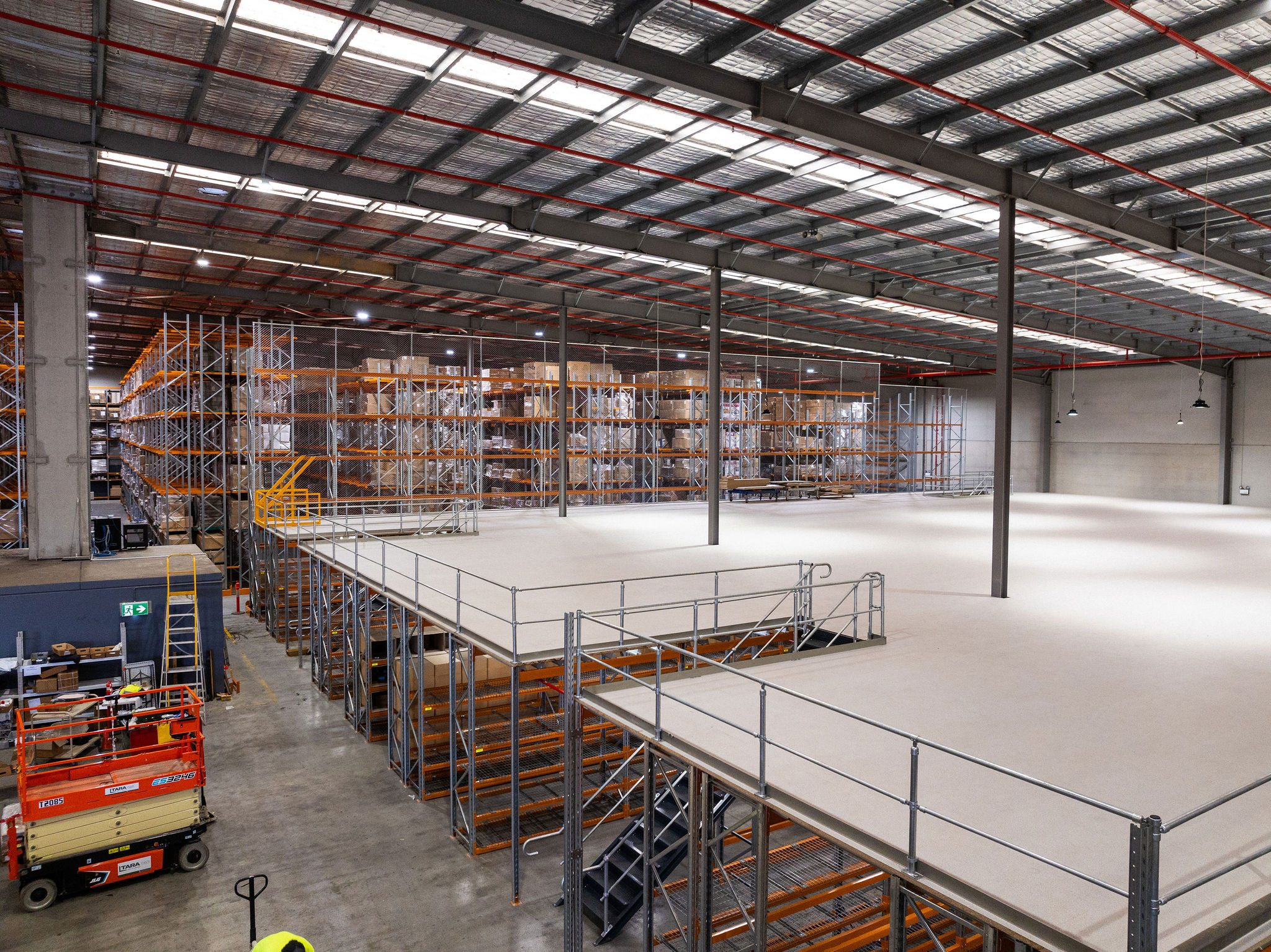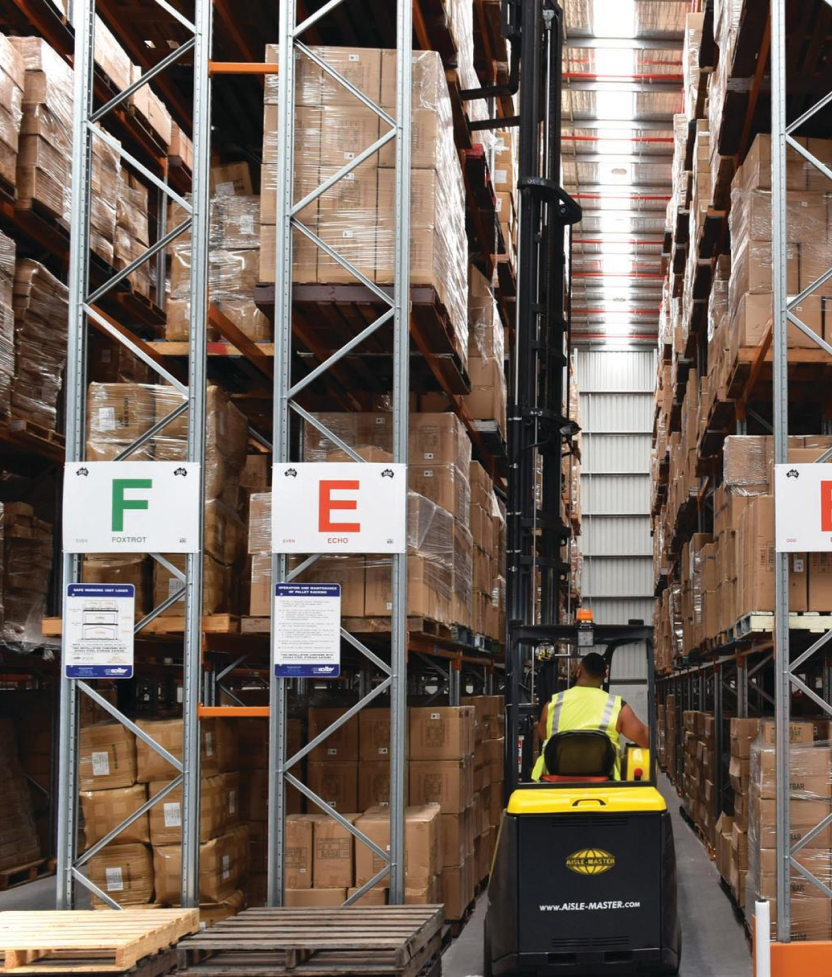By: Dr Murray Clarke, Director Structural Engineering, Dematic
Safety in warehouse environments is of the utmost importance. Each year in Australia, warehouse employees are injured as a result of accidents involving forklifts and warehouse racking.
With steel storage racking systems forming the backbone of warehouse operations, it is essential to ensure racking safety, quality, and structural integrity over the long term.
Following recent developments globally and calls from local industry, the racking Standard in Australia has undergone a significant update, with revisions aimed at enhancing structural design, safety measures and operational procedures.
Evolution of the Standard: The new vs. the old
The Standard for selective racking in Australia has recently been updated, with the previous AS 4084:2012 being superseded by:
- AS 4084.1:2023 Steel storage racking. Part 1: Design
- AS 4084.2:2023 Steel storage racking. Part 2: Operation and maintenance
The subdivision of the Standard reflects a more comprehensive approach, addressing both design and operational aspects. Expanded and improved guidance is provided to end users and those carrying out inspections of racking systems, particularly in relation to damage assessment and methods of repair.
Why the change?
This change reflects global advances in the industry, since the last update in 2012, where developments in seismic design, testing methods, and structural analysis have set new benchmarks. This is because the field of storage racking has been the subject of extensive research and development, notably in Europe, North America, and Australia.
With the European and North American Standards already adopting these advancements, Australia recognised it was time to align itself with global best practices. The recent integration of seismic design considerations into the new Standard follows similar developments in European industry.
Previously, it was not standard industry practice to design racking for seismic loads. Consequently, little guidance on seismic design was provided in the previous Australian Standard, and it was not usually requested nor enforced by building certifiers. On the occasions when seismic design was carried out, the detailed calculations were largely at the discretion of the racking supplier rather than an industry Standard.
Approximately five years ago, seismic design of racking (as well as other non-structural building elements) started to receive increased focus from building certifiers. Consequently, the mandatory requirements for seismic design of racking have been included and clarified in the new Standard to remove any ambiguity around the need for seismic design and the relevant design inputs. This ensures, as far as possible, that all racking suppliers in Australia are operating on a level playing field.
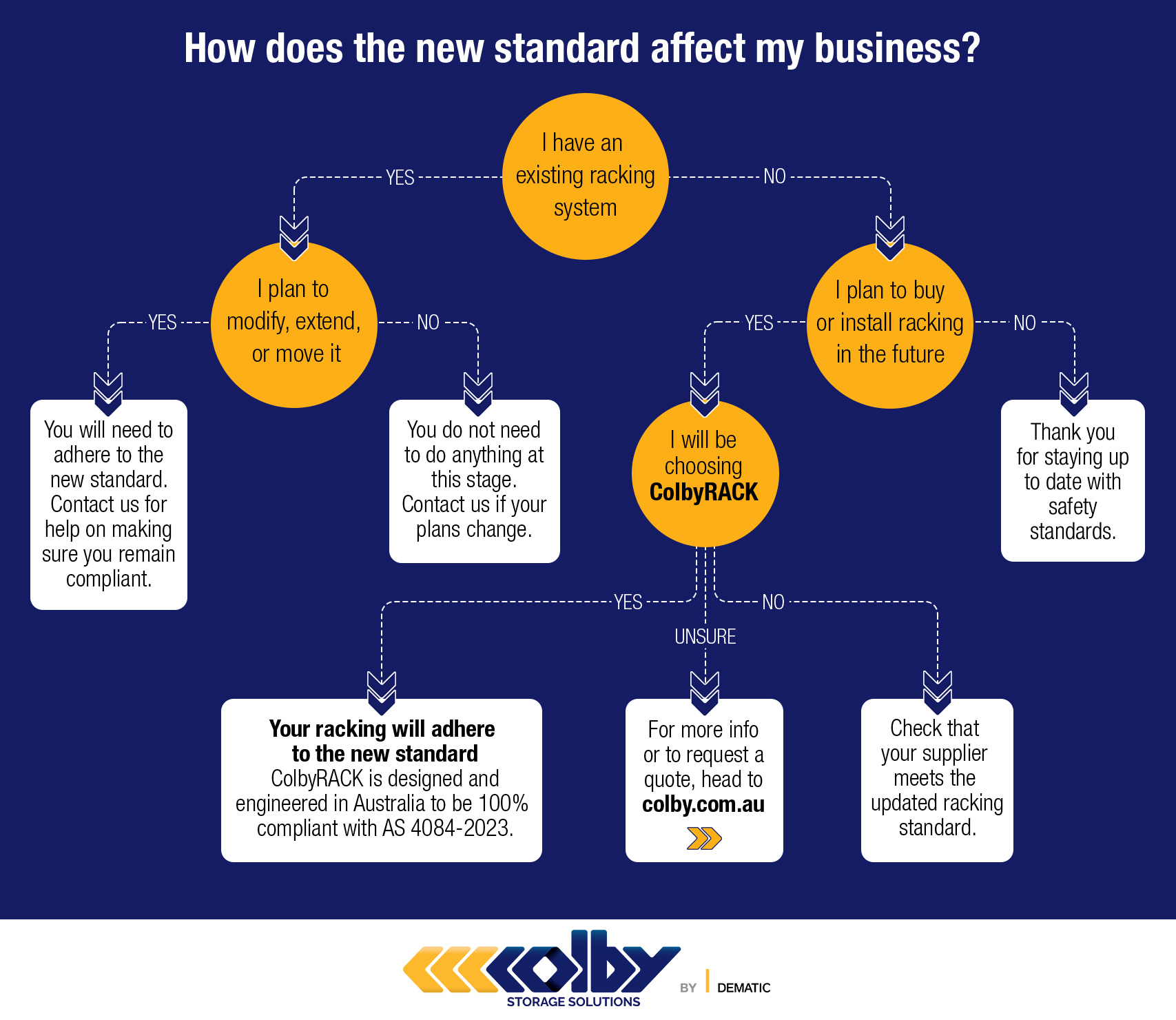
The major changes
At a high level, the changes in the Standard cover:
Modification of existing racking systems: While the new Standard does not apply retrospectively to existing racking installations, if those systems are reconfigured, modified or extended then they should be upgraded to the current Standard.
Clarification of seismic design: Previously, designing racking systems with seismic considerations wasn’t common in Australia. The new Standard, however, mandates the seismic design of selective racks, ensuring all racking systems can withstand earthquake-induced forces, aligning with global best practice. The updated Standard provides clear-cut inputs for seismic design, ensuring consistent adherence across suppliers.
Operational and maintenance focus: The inclusion of operation and maintenance as a separate part to the Standard addresses the industry’s requests, specifically supporting and guiding damage assessment and repair methodologies.
Testing methods: Enhanced methods for testing racking components, ensuring they provide reliable data for safe design of racking.
Structural analysis: Advanced methods of structural analysis, providing a more accurate and reliable evaluation of racking systems.
Direct strength method: Introduction of the direct strength method for designing perforated cold-formed steel racking uprights, aligning with Australian and North American best practices for cold-formed steel design.
Splicing: Splices in upright frames should be avoided.
Dematic moves quickly to meet industry needs for its Colby products
While seismic design has only recently found its way into the Australian Standard, this is old news for the Colby pallet rack range, engineered and manufactured by Dematic in Australia. With a history that traces back to the 1990s, Colby rack has been designed for seismic loads for many years – particularly for clients in New Zealand, where seismic considerations are of heightened importance. As part of Dematic’s commitment to quality design, we collaborate with New Zealand engineers who have a high level of expertise in seismic design. This wealth of experience not only reflects Dematic’s dedication to safety but also enables its ability to move quickly in response to industry requirements.
How does the new Standard impact rack design?
The new Standard brings changes that will influence the design of new racking systems and upgrades to existing systems.
While selective pallet racking is the primary focus of the updated Standard, Dematic employs a consistent approach to structural safety and applies seismic design principles to all types of Colby rack including drive-in, high bay, satellite and Multishuttle/miniload systems. A detailed Dematic project on the seismic behaviour of drive-in racks from 2012 to 2015 jointly with the University of Sydney produced detailed analysis that supports Dematic’s approach and preparedness for the new Standard.
Dematic has also carried out extensive structural testing at the component level to provide the required data to support our Colby racking designs. These tests notably include cantilever tests on welded beam end connectors to simulate the cyclic load coming from earthquakes. Additionally, testing has been undertaken on base plates under uplift loading conditions that arise in seismic analysis.
ColbyRACK: A testament to Dematic’s unwavering commitment
Dematic’s commitment to safety and quality, and its ability to consistently meet the Standard, means that its Dematic and Colby products are not only compliant but also set the benchmark for what should be expected in the industry.
Dematic takes the certification of its racking systems seriously. In-house developed structural software ensures that every Colby racking system that is delivered meets the stringent requirements of the new Standard, providing customers with peace of mind.
Dematic’s advanced software and extensive experience ensures that every Colby rack system complies with the new Australian racking Standard. Dematic’s customer documentation includes detailed calculations around seismic design. There are many parameters that go into the calculation; not just the hazard factor and soil type, but also the importance level of the structure, the design life, the rigid mass factor, the ductility factor, and more.
The rigid mass factor, previously unspecified in the code and subject to individual interpretation or reference to international Standard, is now clearly defined. The ductility factor, crucial for measuring a structure’s capacity to handle deformation and absorb seismic forces, allows for design beyond a fully elastic response.
Meeting the new Standard with key ColbyRACK features
Colby beam connectors, designed for both seismic and non-seismic conditions, stand out due to their length at 280 mm with four hooks and a thickness of 4 mm in high-strength steel. Their robust design can usually withstand seismic forces without the need for extra cable or vertical bracing which is common in other designs. Colby rack’s seismic design strategy prioritises minimising additional bracing, only utilising it for structures where it’s essential, such as high bay and drive-in racks – but not for selective racks.
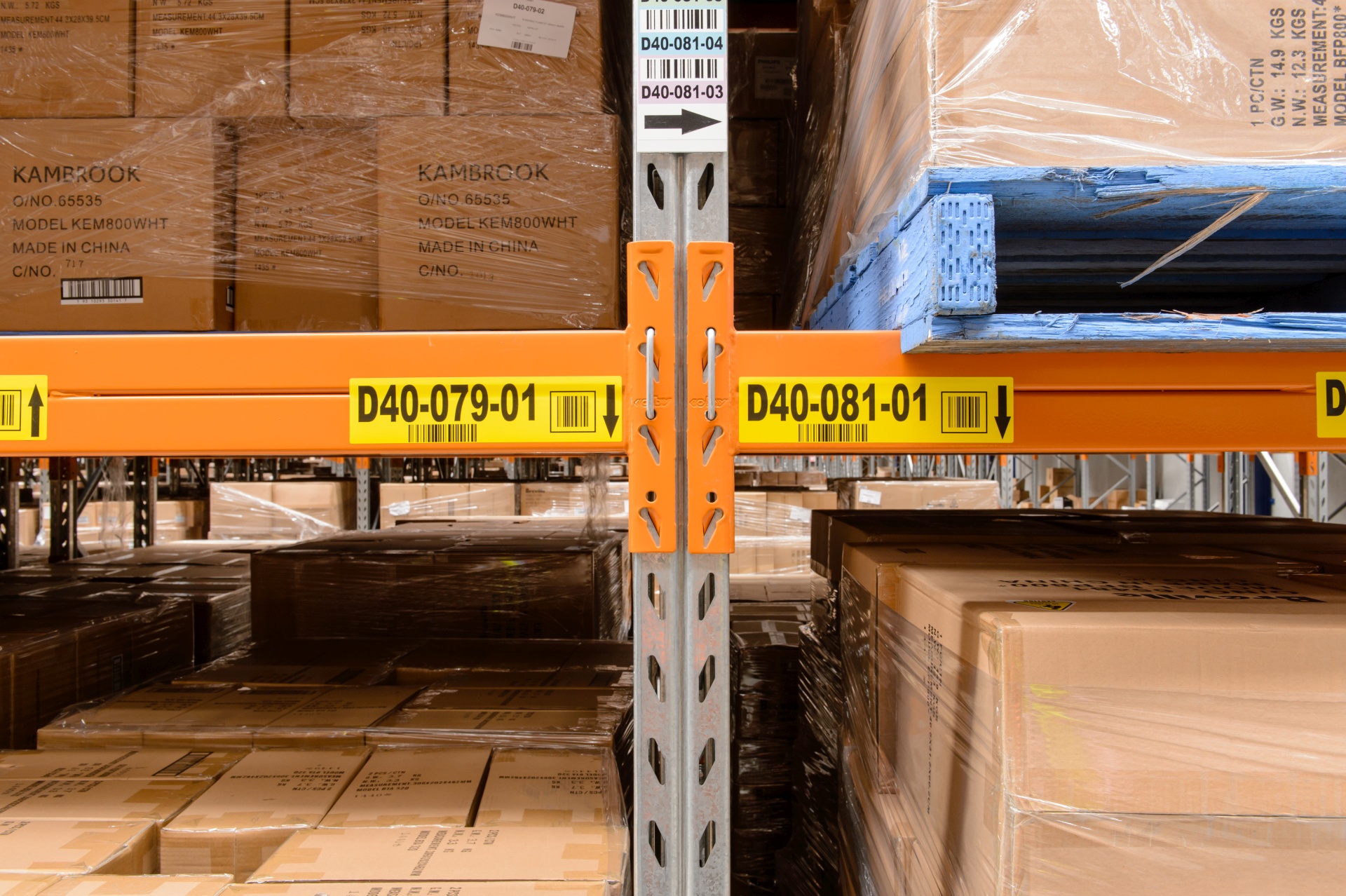
Ongoing safety adherence
Customers need to be vigilant and ensure that their racking solutions comply with the updated Australian racking Standard.
In addition to meeting the new Standard by installing properly designed warehouse racking, it’s also essential for every warehouse to install safety signs and conduct yearly audits and safety inspections. The new Standard requires rack load signs to contain additional information, in particular, the ‘tolerance grade’ of the racking system and the name of the firm responsible for the structural design.
The future of warehousing
The new Standard for warehouse racking in Australia marks a significant step forward in improving the safety and efficiency of storage solutions across the industry. As a leader in this space, Dematic embraces these changes, continuing its long history of providing reliable and economical solutions that meet the required Standard.
As the warehousing industry in Australia brings in the new Standard, companies like Dematic are positioned to lead the way. With a longstanding commitment to safety, quality, and innovation, Dematic and its Colby range of storage products are ready to help shape the future of warehousing, ensuring that customers have access to the best the industry has to offer.
- The article was originally published on 16 February 2024


 1800 984 873
1800 984 873 

